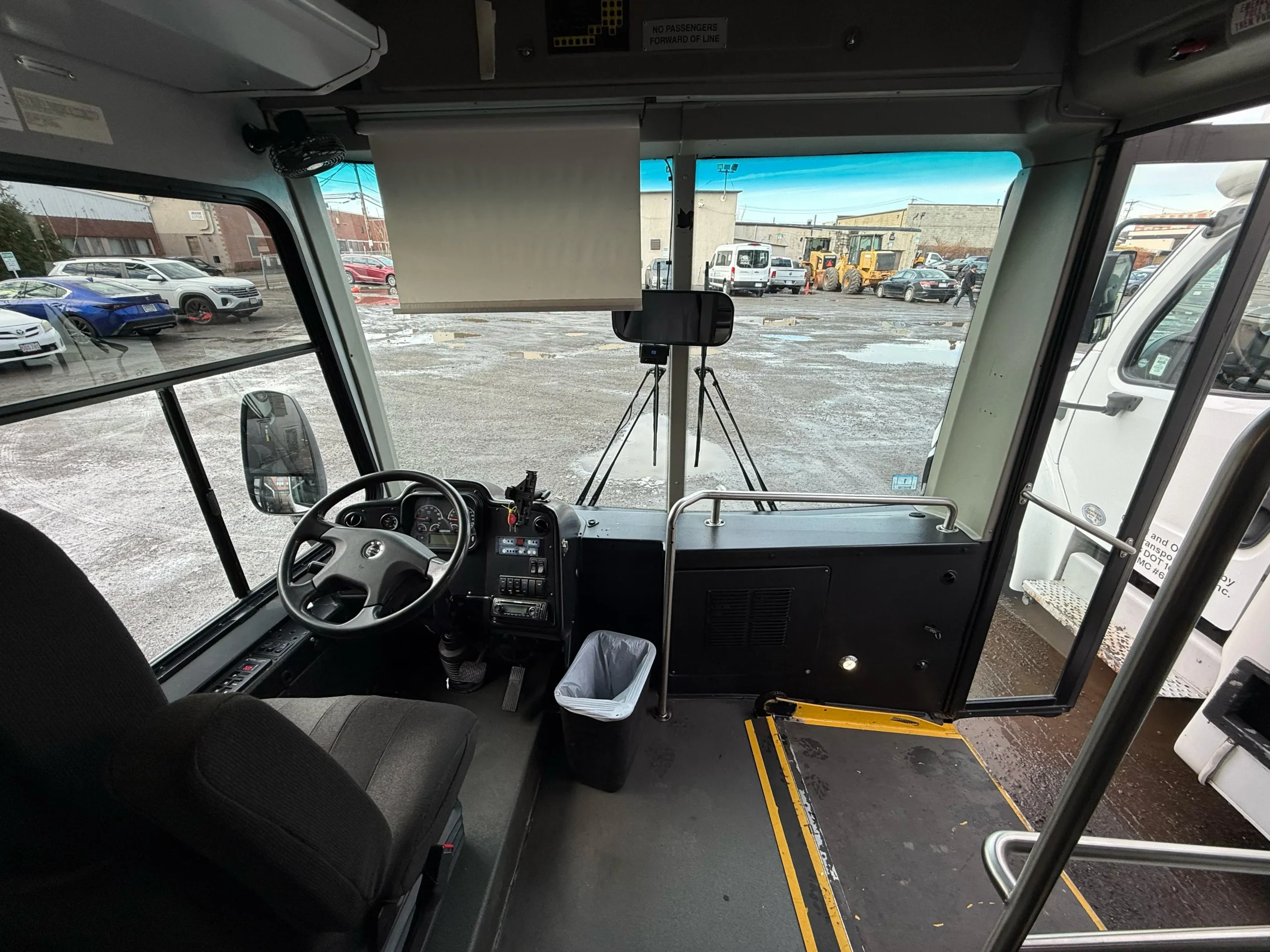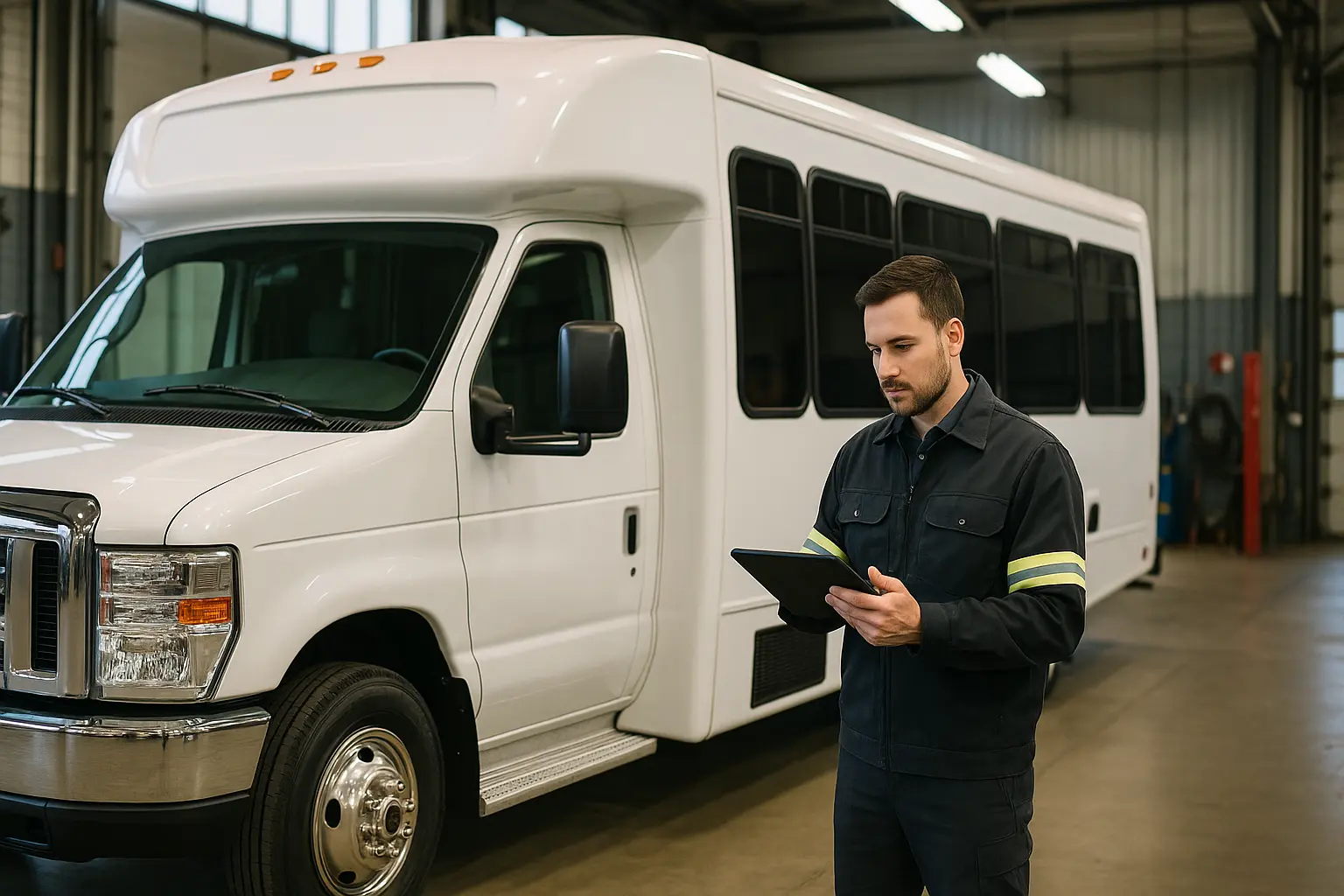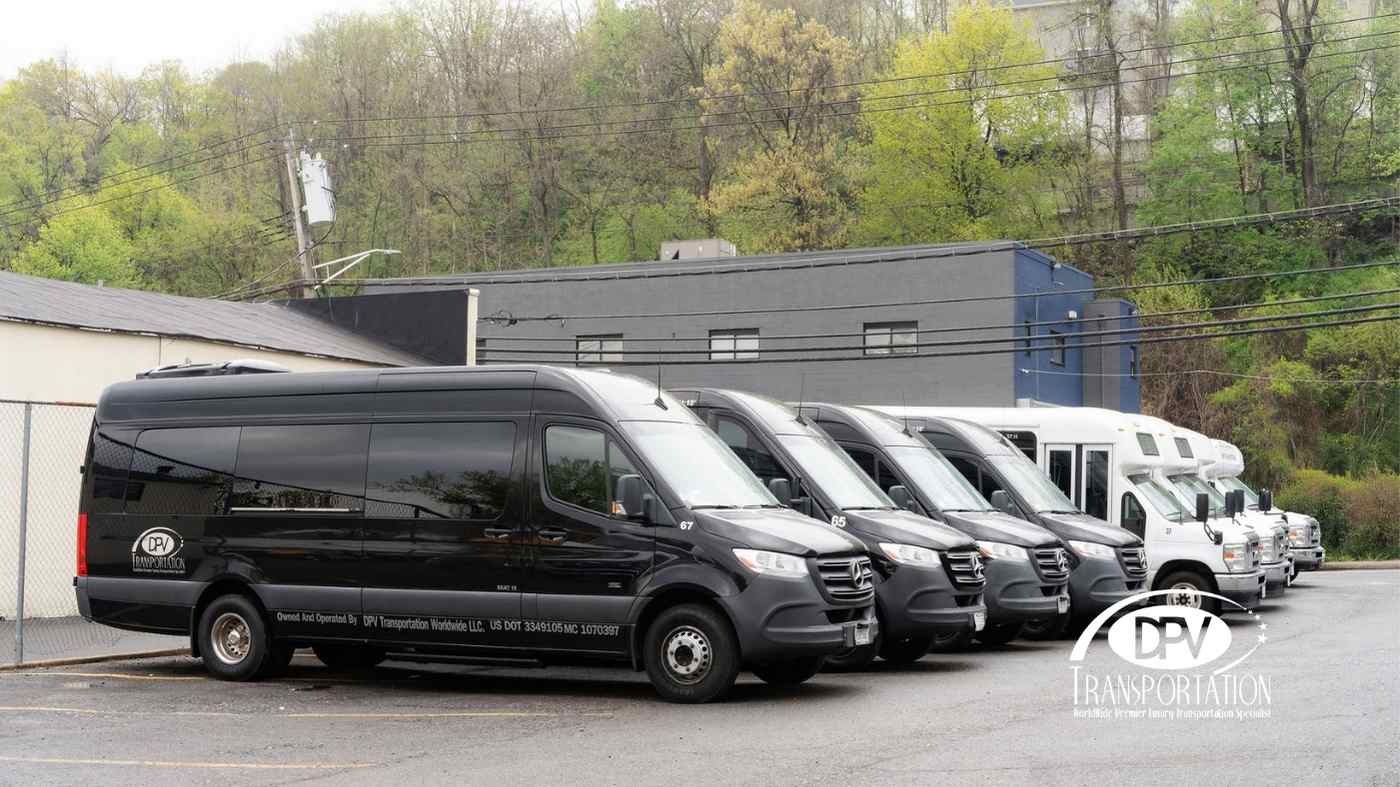
Employee shuttles improve productivity by reducing lateness and absenteeism, lowering commute stress (which directly depresses daily performance), freeing focused time before shifts, and widening the recruiting radius so teams are staffed reliably. A research done by Science Direct links shorter, less stressful commutes with higher self-reported work productivity, lower burnout, and better job satisfaction—drivers that translate into more output and fewer disruptions on the floor and in the office
Why shuttles move the productivity needle
1) Fewer late starts and missed shifts
When you control the commute, you reduce variance. On-time, scheduled shuttles cut the two biggest workflow killers—late arrivals and no-shows—especially for hard-to-reach facilities and off-shift work. Studies consistently show that commute frictions (time and stress) depress performance and increase burnout the same day, which shows up as slower ramp-up and lower output
2) Lower commute stress → higher daily performance
Peer-reviewed research finds that the mental effort and stress of the morning commute raise emotional exhaustion and reduce work performance that day; shorter, smoother commutes correlate with better self-reported productivity. Employer-run shuttles reduce uncertainty (predictable ETAs, reliable headways), which dents that stress pathway.
3) Better attendance and retention
Long commutes increase turnover likelihood; employees are more likely to leave when trips get longer and more taxing. According to SHRM, providing employer transportation or commuter benefits is linked with better retention and lower hiring churn—key for keeping experienced teams productive
4) Time regained becomes prep time
In 2023, the Massachusetts NATIONAL BUREAU OF ECONOMIC RESEARCH published a paper titled TIME SAVINGS WHEN WORKING FROM HOME. In which they show how less time and effort reaching the site means more readiness on arrival. (Remote-work literature quantifies how “time saved from commuting” often converts into more work time; in physical-presence roles, shuttles are the practical analog that reduces commute overhead and improves day-start quality.)
5) Stronger job satisfaction → output
Multiple studies tie commute length to lower job and life satisfaction—predictors of reduced engagement and performance. Easier commutes (or employer-provided transport) improve those sentiment drivers. PMC
So, How Employee Shuttle Services Improve Productivity?
Employer-run shuttles improve productivity by cutting commute friction and lateness, stabilizing staffing for hard-to-reach sites, and turning unpredictable travel into a reliable, low-stress routine. Predictable ETAs reduce same-day burnout, on-time starts increase usable work minutes, and expanded recruiting radius improves coverage—together lifting throughput and service quality. Programs also trim parking costs and support ESG goals, which positively correlate with retention and engagement.
What the evidence says (Sources)
- Shorter commutes ↔ higher productivity. Large 2024 empirical study: shorter commuting trips are associated with better self-reported productivity. ScienceDirect
- Commute stress → burnout → lower performance. Morning commute mental effort increases burnout on arrival and impairs daily performance. ScienceDirect
- Stressful commutes reduce productivity. Summary of new behavioral findings: stressful commutes lead to less productivity during the workday. ssti.us
- Commute length hurts creative/knowledge output. Research summarized by Harvard highlights that longer commutes hinder productivity and innovation. Harvard Business School Library
- Longer commutes raise turnover risk. HR/benefits research and industry reporting connect commute burden with higher quits; commuter benefits help retention. SHRM
Compliance note for procurement: Employer shuttles using vans/buses must meet FMCSA/DOT requirements (driver files, testing, insurance, inspections). Build these into your RFP to protect productivity from compliance-driven disruptions. FMCSA+1
How to quantify productivity gains for your CFO
Use a simple, CFO-ready frame:
- Absenteeism & lateness avoided
- Baseline: late starts / missed shifts per 100 employees per month.
- Post-shuttle: track the delta.
- Value: (minutes lost per late arrival × fully loaded wage) + (replacement/overtime cost per missed shift).
Research shows commute stress links to same-day performance dips; reducing variance raises usable work minutes. ScienceDirect+1
- Throughput & quality uplift
- For operations: output per labor hour before vs. after shuttle launch.
- For office roles: time-to-productivity after shift start (badge-in to first transaction).
Evidence on commute length and productivity justifies attributing a portion of uplift to shuttle reliability. ScienceDirect
- Retention lift
- Track 90-day and 12-month retention by route-served vs. control locations.
- Value: hiring and training cost saved per avoided quit (plus stabilized ramp-time). SHRM
- Parking & access cost avoided
- Reduced leases, overflow lots, traffic control, and congestion management.
- ESG & well-being co-benefits
- Better commute experience strengthens satisfaction and reduces burnout—linked to sustained productivity. PMC+1
Implementation playbook for productivity outcomes (procurement & ops)
- Design for OTP: Set route headways aligned to shift starts; require live AVL/ETA for riders. (OTP is your leading indicator of productivity.)
- Right-size vehicles: Use motor coaches for long corridors; minibuses/vans for dense urban loops (Boston, Cambridge, NYC Midtown) to cut dwell time.
- Winter resilience: Specify spare ratio and snow emergency protocols for New England weather to avoid widespread late starts.
- Compliance, so ops never stop: Bake in DOT/FMCSA requirements (driver qualification files, testing, inspections) with quarterly audits; compliance failures create the most expensive productivity hits. FMCSA+1
- Data you own: Require raw exports/API of ridership, OTP, capacity utilization, and incident logs so HR and CFO can see impact in dashboards.
- Change management: Launch with clear internal comms (QR schedules, live trackers), and measure adoption in the first 90 days.
KPI checklist you can publish on the RFP
- On-time performance (arrival ≤5 minutes of schedule)
- Missed-trip rate
- Capacity utilization by trip
- Rider CSAT / eNPS (commute experience)
- Badge-in variance to shift start (proxy for lateness)
- Absenteeism rate (pre/post)
- 90-day retention delta (served vs. unserved sites)
What to Track And Report:
- On-time performance & missed trips: Leading indicators of day-start productivity.
- Badge-in variance to shift start: Fewer late arrivals → more usable labor minutes.
- Absenteeism & 90-day retention: Lower churn preserves team expertise and output.
- Capacity utilization & cost per passenger: Confirms right-sizing and ROI.
- Rider CSAT/eNPS & commute stress pulse: Early warning for performance dips.
- CO₂e per rider vs. SOV baseline: ESG co-benefit that strengthens buy-in.
Next step: Before you start a shuttle program, pilot one or two priority corridors with clear SLAs (OTP, safety, CSAT), publish live ETAs to employees, and review the pre/post metrics above at 30/60/90 days to quantify the productivity lift.DPV Transportation can help throughout this process.






